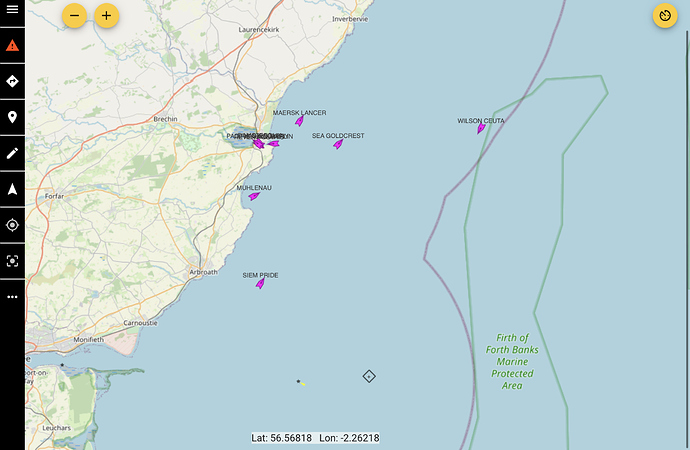Dear ADSB community.
I’d like to introduce you to AIS.
- AIS is to ships as ADSB is to planes.
- In a way, ADSB and AIS are cousins.
You are all most welcome to join our new but very vibrant community at:
Whilst we are at least a couple of years behind ADSB, in terms of Pi software, this presents an exciting opportunity for creative coders who are keen to try something different.
What we really need is a set of ‘1090’ applications, just as @wiedehopf, @caius and others have bestowed upon the ADSB community.
If anyone is looking for an extremely worthwhile project to be involved in, the AIS community is crying out for a way to:
- monitor the signal strength of their receiver
- compile timelapse visualisations.
- make heatmaps
AIS is very similar to ADSB in many respects, and is a LOT of fun to play with.
It helps if you have a view of water, but elevated positions (hilltops) are also really good locations to have an AIS receiver.
It is quite easy to get a free receiver, just as is the case for ADS-B. eg:
- Become FleetMon AIS Partner,
- Free AIS Receiver - AIS Data Receiving Stations | AIS Marine Traffic,
-
Add AIS Coverage for Your Area – Pocket Mariner
,
The AIS community welcomes you all with open arms.
Come and join us!
Kind regards
SmoothIsland
(moderator of r/AIS)




